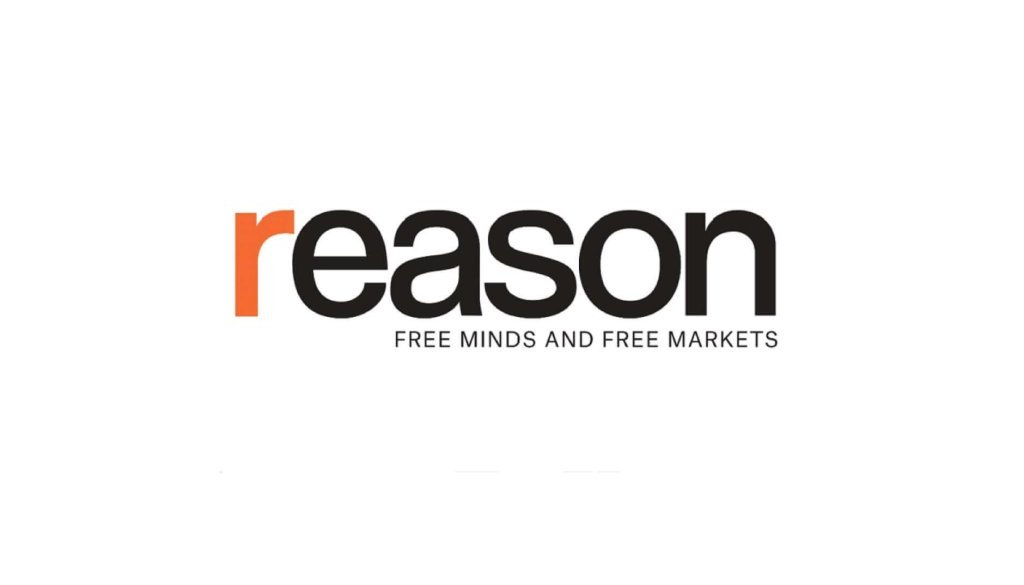Wicked and the Importance of the Public Domain
Every January 1, numerous creative works enter the public domain, meaning their copyrights have expired and they can be freely shared, sold, or adapted. Last year Mickey and Minnie Mouse—or at least their original incarnations—entered the public domain, and starting today such classic works as Ernest Hemingway’s novel A Farewell to Arms, Alfred Hitchcock’s film Blackmail, and the cartoon characters Popeye and Tintin also become free for use.
But at the moment there is perhaps no better testament to the importance of the public domain than Wicked.
Though it did not open in wide release until November 22, the movie musical was the year’s third highest grossing film at the domestic box office, behind only a Pixar sequel and a Marvel superhero film. It has also received acclaim from both critics and audiences alike.
The film depicts an alternative backstory for the Good Witch of the North (Ariana Grande) and the Wicked Witch of the West (Cynthia Erivo), famously of The Wizard of Oz. It is an adaptation of the hugely popular Broadway musical of the same name, which was adapted from Gregory Maguire’s 1995 novel Wicked: The Life and Times of the Wicked Witch of the West, which itself reimagines L. Frank Baum’s Oz books, which began with the 1900 novel The Wonderful Wizard of Oz. Phew!
Baum’s book has been adapted many times, most famously with MGM’s 1939 film The Wizard of Oz, presented partly in black-and-white and partly in color. “From a production standpoint, it is something to marvel at, for the settings are not only exceedingly lavish, but also unusually imaginative; and the technicolor photography adds to their beauty,” said a contemporaneous review in the trade journal Harrison’s Reports. “Pictures of this caliber bring credit to the industry.”
According to the Library of Congress, the 1939 Wizard of Oz “has been seen by more viewers than any other movie.” But even though Oz is one of the most famous creative works of all time, Maguire needed nobody’s permission to adapt its characters and settings for his book.
The Copyright Act of 1790, the first U.S. law of its kind, allowed authors to protect their creative works for 14 years; if they were still alive, they could then renew it for another 14 years. After that, the work would fall into the public domain and could be used freely without compensation.
Decades later, the Copyright Act of 1831 doubled the initial term to 28 years and allowed an author’s spouse or children to request the extension in the event the author had died. This was the law in effect in 1900, when Baum published The Wonderful Wizard of Oz. (A later law also retroactively extended the second term to 28 years, for a maximum of 56.) Baum’s widow renewed the copyright in 1928, and the book—including all its characters and settings—entered the public domain in 1956. Maguire, and anyone else, was free to draw from that novel for their own original works.
The most prominent reimagining after then and before Wicked was probably The Wiz, which told the same story as The Wizard of Oz with an all-black cast and a soundtrack featur
Article from Reason.com

The Reason Magazine website is a go-to destination for libertarians seeking cogent analysis, investigative reporting, and thought-provoking commentary. Championing the principles of individual freedom, limited government, and free markets, the site offers a diverse range of articles, videos, and podcasts that challenge conventional wisdom and advocate for libertarian solutions. Whether you’re interested in politics, culture, or technology, Reason provides a unique lens that prioritizes liberty and rational discourse. It’s an essential resource for those who value critical thinking and nuanced debate in the pursuit of a freer society.



